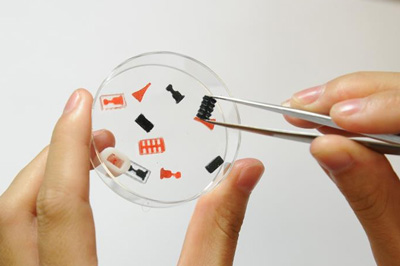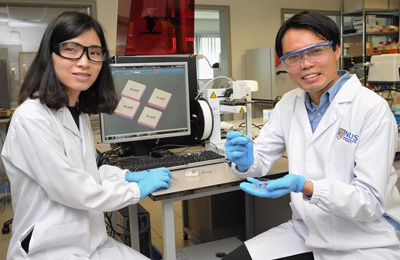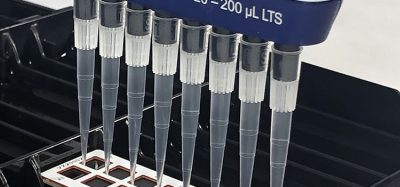Researchers develop technology for printed personalised medicine
Posted: 26 May 2016 | Victoria White (European Pharmaceutical Review) | No comments yet
Researchers from the National University of Singapore have found a way to make personalised medicine cheaper and easier.


The drug tablet consists of 3 distinct components: a casing; a non-drug-containing polymer; and a polymer containing the drug in a specially designed shape that determines the rate of release of the drug.
The new method of tablet fabrication was designed by Assistant Professor Soh Siow Ling and PhD student Ms. Sun Yajuan from the Department of Chemical and Biomolecular Engineering at the National University of Singapore (NUS) Faculty of Engineering. The novel system can make customisable pills that release drugs with any desired release profiles.
Releasing drugs in a timely manner is important for optimal therapeutic effect in the human body. Different types of clinical circumstances may call for different types of timed release of drugs.
One common type of release profile is that of a constant one: the drug is released at the same rate for a period of time, as there is only a narrow range of concentration in which the drug can be effective. However, certain chemicals, such as hormones, may need to be released in pulses at regular intervals, in sync with the biological cycles of the human body. In situations where a relatively large dose of drug is needed initially to act against their targets rapidly, followed by gradually lower levels to maintain health a decreasing release profile would be appropriate.
“For a long time, personalised tablets has been a mere concept as it was far too complex or expensive to be realised. This new tablet fabrication method is a game changer – it is technically simple, relatively inexpensive and versatile. It can be applied at individualised settings where physicians could produce customised pills on the spot for patients, or in mass production settings by pharmaceutical companies,” said Asst Prof Soh.
Existing tablet-production methods have limitations
While there are some existing tablet-production methods, including 3D printing, that can allow certain flexibility, they have their limitations – low dosage, release profiles that are non-continuous, or the drugs are released in a large burst in the initial stage, and poor durability of the tablet given its quick breakdown. These methods are also only able to fabricate tablets that release drugs with a limited type of profiles.


Assistant Professor Soh Siow Ling (right) and PhD student Ms Sun Yajuan
Instead of manufacturing the drug tablet by printing layer by layer, the drug tablet designed by Asst Prof Soh and Ms Sun consists of three distinct components, including a polymer containing the drug in a specifically designed shape that will determine the rate of release of the drug. For instance, a 5-prong shape will allow the drug to be released in five pulses over time. By adjusting the shape of the drug-containing polymer, it is thus possible to release drugs at any desired rate.
Using the system designed by the NUS team, a doctor only needs to draw the desired release profile in a computer software to generate a template for making tablets specific to a patient’s treatment, which can then be used to easily produce the desired pills using a 3D printer. The researchers say the system is easy to use and does not involve any complex mathematical computation whenever a new release profile is needed. The fully customisable system is able to create a template to print tablets for any release profile.
Making personalised medicine a reality
The use of a commercially available 3D printer in this method also makes it a relatively cheap way of making personalised medicine a reality, as compared to conventional tablet production or other methods in making small shapes, such as photolithography.
In drug delivery, it is also often important to administer more than one type of drug into the human body simultaneously to treat an illness. The fabrication method developed by Asst Prof Soh can be modified to include multiple types of drugs loaded within the same tablet – and more importantly, each drug can be customised to release at different rates even within the same tablet.
Aside from exploring commercialisation possibilities, the NUS team is currently doing further work to explore the various combination of materials for the different polymer-based components in the tablet to cater to various types of drugs and illnesses to increase the efficacy of this method.








